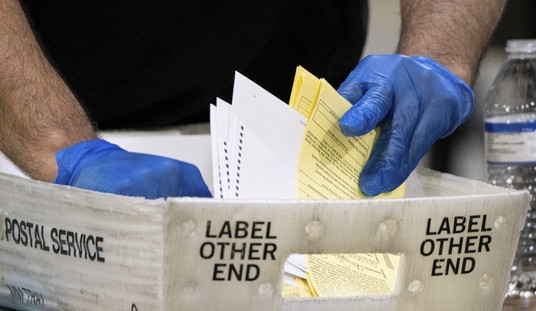Lebanon makes the same mistake almost every country and major city in the entire world makes: the international airport is in the worst possible place. It isn’t only in the worst part of Beirut. It’s arguably in the worst part of the country.
This is a nation of apartment towers. Even villages up in the mountains are small clusters of towers. A lot of them — and I mean a lot of them — were built in the seventies. They’re basically slabs of concrete embedded with cavernous skull-socket-like balconies. Those in the south of Beirut around the airport — the first neighborhoods you will ever see in this country unless you cross a land border from Syria – somehow manage to be the ugliest. The curtains are dirtier. Laundry is strung more haphazardly on the balcony ropes. The storefronts at street level are dingy. These neighborhoods are not where you want to spend your next holiday. Throw a rock to the east and you’ll hit Hezbollahland.
Keep going north a few minutes, though, and all of a sudden, bam. You’re in the Emerald City. Well-lit towers reflect other well-lit towers on their shiny glass sides. Beautifully sculpted steeples and minarets ascend toward the stars. Reconstructed low-rise Ottoman and French-mandate architecture in the downtown core is so perfect it looks like a stage set. Or, perhaps, a Middle Eastern Disneyland. It almost looks fake. But it isn’t. It looks fake because it’s brand new. Some of it is still under construction.
(Here are some pictures I took at 6:30 this morning while most people slept.)



Downtown Beirut was destroyed during the war. For years it was a shattered post-apocalyptic ghost town overgrown with weeds and infested with rats. It was perhaps darkly appropriate that this area suffered the most. It was the one urban mixmaster place where all the Lebanese met in their lush variety: Sunni, Maronite, Palestinian, Orthodox, Shia, and Druze. Lebanon exploded when the center couldn’t hold. And the center became a black hole.
The center is mostly rebuilt now, and it looks more or less like it did back in its heyday. The brand new buildings are the same as the old buildings, minus the wear and the aging. Fifty years from now downtown will look like it did fifty years ago. Many of the buildings in the neighborhoods adjacent to downtown — Ras Beirut, Hamra, Gemayzeh, and Achrafieh — look a hundred years old because they are.
From downtown near the waterfront you can see halfway up the coast to the Syrian border, even at night. That’s because the shore of the Mediterranean is almost entirely urban. On the map it looks like there are empty spaces between coastal cities and towns. There aren’t. Mountain-shaped clusters of lights glisten like stars to the horizon. Beirut is only one piece of the coastal megalopolis. My American friend who foolishly asked if Lebanon has electricity would be embarrassed if he could see what I’m seeing right now.
Arrival

Advertisement








Join the conversation as a VIP Member